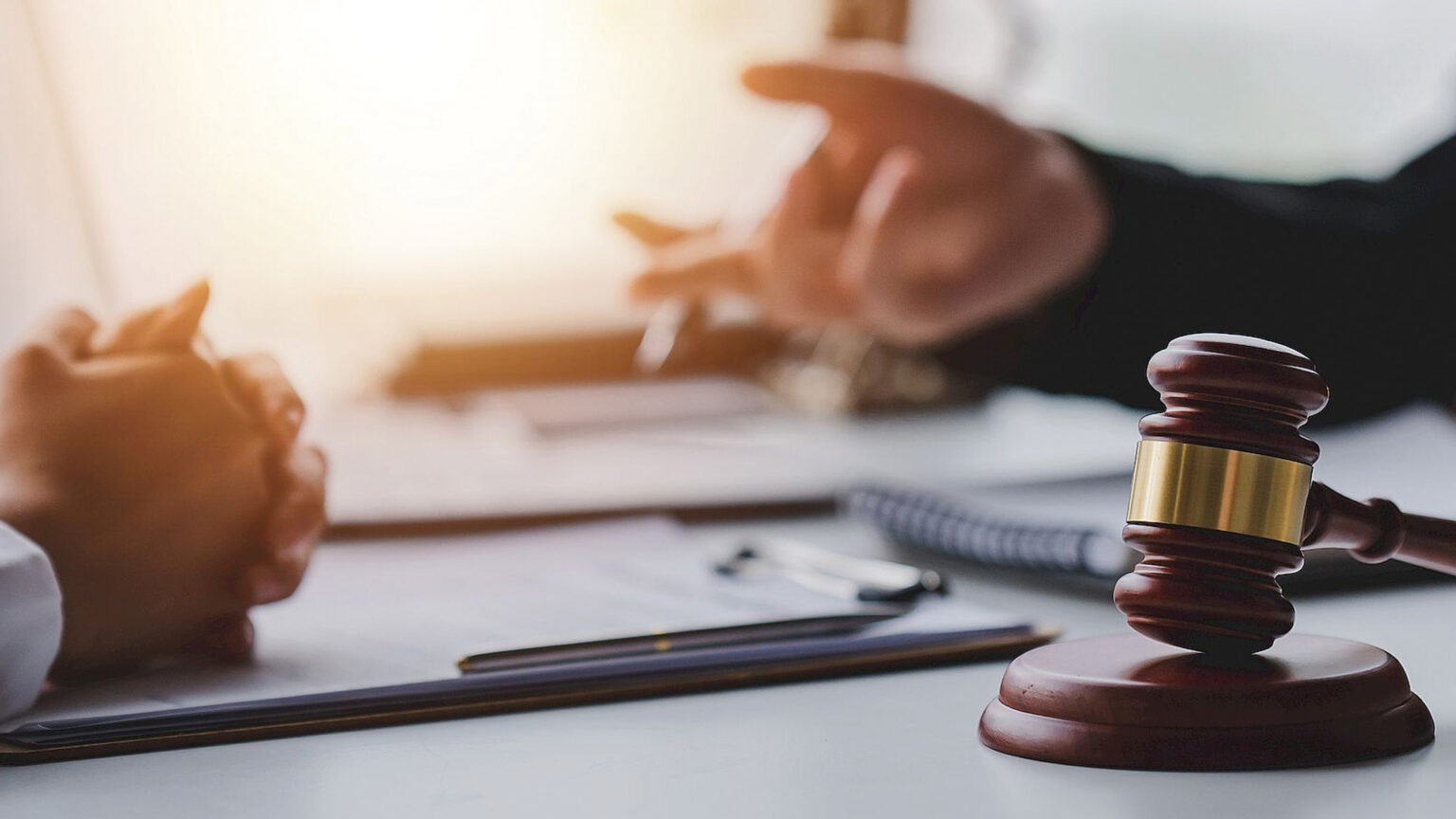Na czym polega zniesławienie w Internecie i innych środkach masowej komunikacji ?
Na tle art. 212 k.k. (normującego przestępstwo zniesławienia) można wyróżnić dwa typy przestępstwa zniesławienia :
- typ podstawowy (art. 212 § 1 k.k.) – np. zniesławienie w formie ustnej ( X mówi Y, że Z jest niekompetentnym dentystą, który zamiast leczyć, niszczy zęby każdego pacjenta)
- typ kwalifikowany (art. 212 § 2 k.k.) – dokonany za pomocą środków masowego komunikowania (X zamieszcza na swoim blogu internetowym informacje, że Y, który prowadzi działalność gospodarczą, jest oszustem i złodziejem)
Rozróżnienie powyższych form zniesławienia ma fundamentalne znaczenie z punktu widzenia sprawcy przestępstwa, bowiem kara jaką poniesie, uzależniona jest od sposobu popełnienia przestępstwa.
Zgodnie z art. 212 § 1 k.k. sprawcy przestępstwa zniesławienia dokonanego w typie podstawowym grozi grzywna lub kara ograniczenia wolności.
W myśl zaś art. 212 § 2 k.k. jeśli sprawca dopuszcza się przestępstwa zniesławienia za pomocą środków masowego komunikowania, a więc np. w Internecie, podlega grzywnie, karze ograniczenia wolności albo pozbawienia wolności do roku.
Zniesławienie w Internecie jest najdotkliwsze dla osoby pomówionej i wywołuje największe szkody wizerunkowe. Dlatego jest zagrożone surowszą karą i uzasadnia zasądzenie wysokiego zadośćuczynienia na rzecz osoby zniesławionej.
3. Practice your incident response plan
Your incident response plan should not be a document that sits in a drawer and collects dust. Practice it, update it, and know it well, so you’re ready to put it into action as soon as you need to.
4. Protect the data you’re entrusted with
If you’re a board member, you may be privy to confidential company information. Andrew suggests seeking resources that provide guidance for boards, such as Canadian Securities Administrators (CSA), the Investment Industry Regulatory Organization of Canada (IIROC) and the Office of the Superintendent of Financial Institutions (OSFI).
5. Understand the threats
Ransomware is software that essentially holds your data hostage until you pay a sum to retrieve it. Still, there’s no guarantee paying that sum will get your data back.
The best thing you can do is to have a data backup and a disaster recovery system ready so you can bring your data back immediately. With ransomware attacks expected to increase by 100 per cent in 2022, it’s important to know how to react should one happen.
6. Train staff
Andrew tells of an email he received from a regular client that read, “Here’s the report you asked for.” He hadn’t requested a report, so he responded to see if the email was legit. The client assured him it was. Andrew then forwarded the email to his company’s IT department and confirmed it was spam. Threats are becoming increasingly sophisticated. Andrew recommends training staff on how to identify threats, using different passwords for different applications, and picking up the phone if there’s uncertainty over an email. Two-factor authentication can weed out threats like the one Andrew experienced.



The best law firm in NYC! They explain everything to you and they are very generous and helpful. The lawyers are excellent and very respectful. I highly recommend the Avvocato law firm.